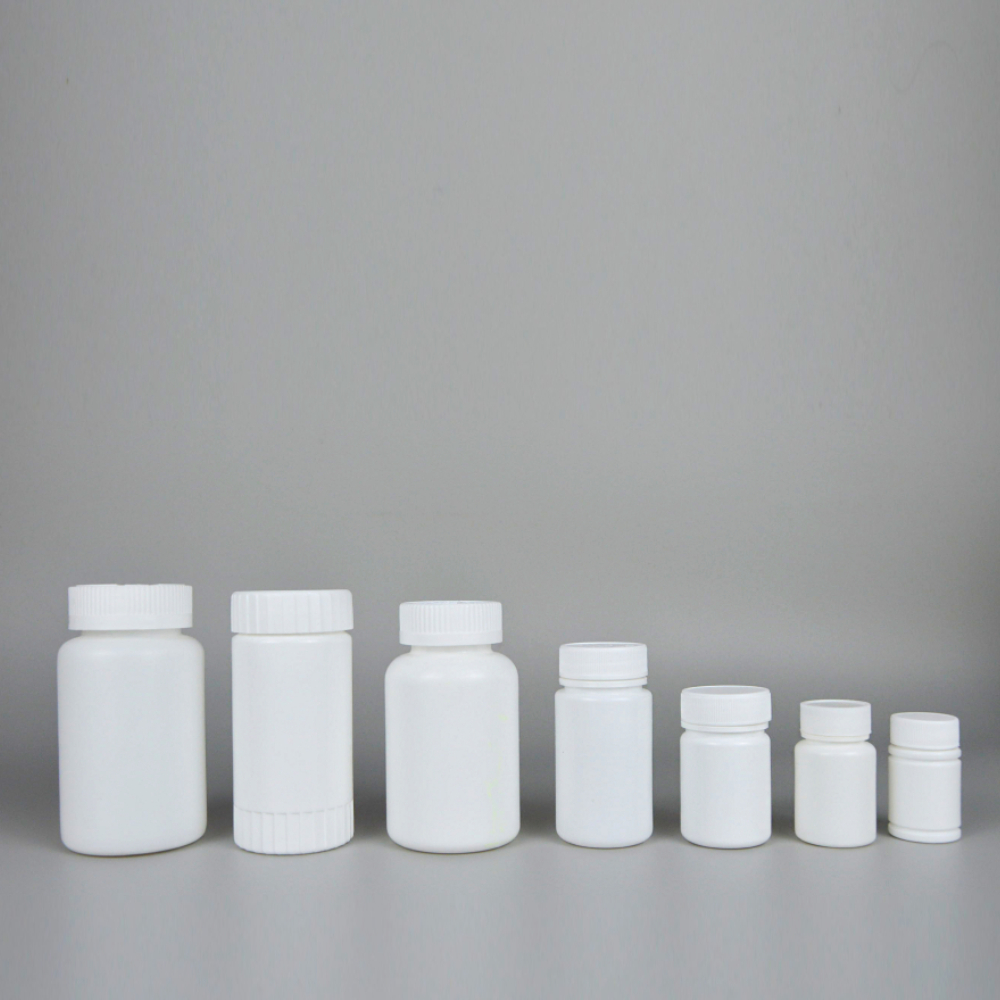
-
 Afrikaans
Afrikaans -
 Albanian
Albanian -
 Amharic
Amharic -
 Arabic
Arabic -
 Armenian
Armenian -
 Azerbaijani
Azerbaijani -
 Basque
Basque -
 Belarusian
Belarusian -
 Bengali
Bengali -
 Bosnian
Bosnian -
 Bulgarian
Bulgarian -
 Catalan
Catalan -
 Cebuano
Cebuano -
 Corsican
Corsican -
 Croatian
Croatian -
 Czech
Czech -
 Danish
Danish -
 Dutch
Dutch -
 English
English -
 Esperanto
Esperanto -
 Estonian
Estonian -
 Finnish
Finnish -
 French
French -
 Frisian
Frisian -
 Galician
Galician -
 Georgian
Georgian -
 German
German -
 Greek
Greek -
 Gujarati
Gujarati -
 Haitian Creole
Haitian Creole -
 hausa
hausa -
 hawaiian
hawaiian -
 Hebrew
Hebrew -
 Hindi
Hindi -
 Miao
Miao -
 Hungarian
Hungarian -
 Icelandic
Icelandic -
 igbo
igbo -
 Indonesian
Indonesian -
 irish
irish -
 Italian
Italian -
 Japanese
Japanese -
 Javanese
Javanese -
 Kannada
Kannada -
 kazakh
kazakh -
 Khmer
Khmer -
 Rwandese
Rwandese -
 Korean
Korean -
 Kurdish
Kurdish -
 Kyrgyz
Kyrgyz -
 Lao
Lao -
 Latin
Latin -
 Latvian
Latvian -
 Lithuanian
Lithuanian -
 Luxembourgish
Luxembourgish -
 Macedonian
Macedonian -
 Malgashi
Malgashi -
 Malay
Malay -
 Malayalam
Malayalam -
 Maltese
Maltese -
 Maori
Maori -
 Marathi
Marathi -
 Mongolian
Mongolian -
 Myanmar
Myanmar -
 Nepali
Nepali -
 Norwegian
Norwegian -
 Norwegian
Norwegian -
 Occitan
Occitan -
 Pashto
Pashto -
 Persian
Persian -
 Polish
Polish -
 Portuguese
Portuguese -
 Punjabi
Punjabi -
 Romanian
Romanian -
 Russian
Russian -
 Samoan
Samoan -
 Scottish Gaelic
Scottish Gaelic -
 Serbian
Serbian -
 Sesotho
Sesotho -
 Shona
Shona -
 Sindhi
Sindhi -
 Sinhala
Sinhala -
 Slovak
Slovak -
 Slovenian
Slovenian -
 Somali
Somali -
 Spanish
Spanish -
 Sundanese
Sundanese -
 Swahili
Swahili -
 Swedish
Swedish -
 Tagalog
Tagalog -
 Tajik
Tajik -
 Tamil
Tamil -
 Tatar
Tatar -
 Telugu
Telugu -
 Thai
Thai -
 Turkish
Turkish -
 Turkmen
Turkmen -
 Ukrainian
Ukrainian -
 Urdu
Urdu -
 Uighur
Uighur -
 Uzbek
Uzbek -
 Vietnamese
Vietnamese -
 Welsh
Welsh -
 Bantu
Bantu -
 Yiddish
Yiddish -
 Yoruba
Yoruba -
 Zulu
Zulu
Optimal Protocols for Lysing Matrix Tube Samples in Biological Research
Lyse Matrix and Its Role in Tubes
In the field of life sciences and biochemistry, the term “lyse matrix” often refers to a process that facilitates the breaking down of cellular structures within a controlled environment, frequently utilizing specialized tubes designed for optimal results. This process is crucial for various applications, ranging from protein extraction to nucleic acid isolation. Many laboratories use dedicated lysing tubes that allow researchers to efficiently disrupt cells and extract the necessary components for further analysis.
Understanding Lyse Matrix
A lyse matrix typically consists of various materials with the ability to physically or chemically disrupt cell membranes. This could include beads made from glass, ceramic, or stainless steel that, when agitated, cause the cells to rupture. The composition of the matrix can significantly affect the efficiency of cell lysis. For instance, different types of beads can provide varying degrees of mechanical shear, which can be fine-tuned based on the specific cell type or the desired outcome of the extraction process.
Applications of Lyse Matrix Tubes
1. DNA and RNA Extraction In molecular biology, the extraction of nucleic acids is a fundamental step in numerous applications, from cloning to sequencing. Lyse matrix tubes are essential for preparing samples by breaking down cellular structures to release DNA or RNA into solution. The choice of matrix can influence the yield and purity of the extracted nucleic acids, making it critical to select the appropriate products for specific organisms or cell types.
2. Protein Analysis Similarly, researchers often need to access proteins for various assays, including Western blotting and enzyme-linked immunosorbent assays (ELISA). Lyse matrix tubes equipped with suitable lysis buffers and beads can help release proteins from cells efficiently. The ability to extract functional proteins is vital for understanding biological processes and developing therapeutics.
lysing matrix a tubes

3. Microbial Studies In microbiology, lyse matrix tubes are particularly important for the study of bacteria and other microbial entities. Due to the robust nature of microbial cell walls, traditional lysis methods may not be sufficient. Utilizing lyse matrix tubes enables researchers to achieve higher lysis rates and obtain better-quality samples for downstream applications like PCR or metagenomics.
Choosing the Right Lyse Matrix Tube
Selecting the correct lysing tube involves consideration of several factors, including
- Cell Type Different organisms or cell lines may have varying cell wall compositions, necessitating the use of specific matrices for effective lysis. - Downstream Applications The intended use of the extracted material can guide the choice of reagents and matrices to ensure compatibility with downstream processes. - Speed and Efficiency Factors such as the time required for lysis and the overall yield should be evaluated when choosing the optimal lysing method.
Conclusion
The lyse matrix and its associated tubes play an integral role in modern biological research. They provide a reliable means to break down cells and extract valuable biomolecules critical for various analyses. By utilizing the appropriate lyse matrix based on the experimental requirements, researchers can significantly enhance the quality and quantity of their findings. As technological advancements continue to evolve, the efficiency and effectiveness of cell lysis will surely improve, opening new pathways for discovery in the life sciences. Ultimately, the careful selection of lysing tubes is an essential step that can have profound implications for the success of scientific investigations.
-
Premium 200ml Medicine Bottles – Leakproof Dropper & Spray Options at Best PriceNewsJul.05,2025
-
PTFE Centrifuge Tubes - Chemical Resistant, Leak-proof, Ideal for Laboratory UseNewsJul.05,2025
-
Premium Metal Dropper Bottle for Precise Dispensing 250ml & 1ml Options AvailableNewsJul.04,2025
-
20 ml Headspace Vials - High Quality Polyethylene & Plastic Vials for Lab UseNewsJul.04,2025
-
Small Bottle with Pipette - Precise Dispensing 100ml Pipette Bottles for Essential Oils & Lab UseNewsJun.24,2025
-
Acetic Anhydride Bottle for Accurate Dropper Measurement in Pharmacy Use High-Quality Dropper BottlesNewsJun.10,2025






















